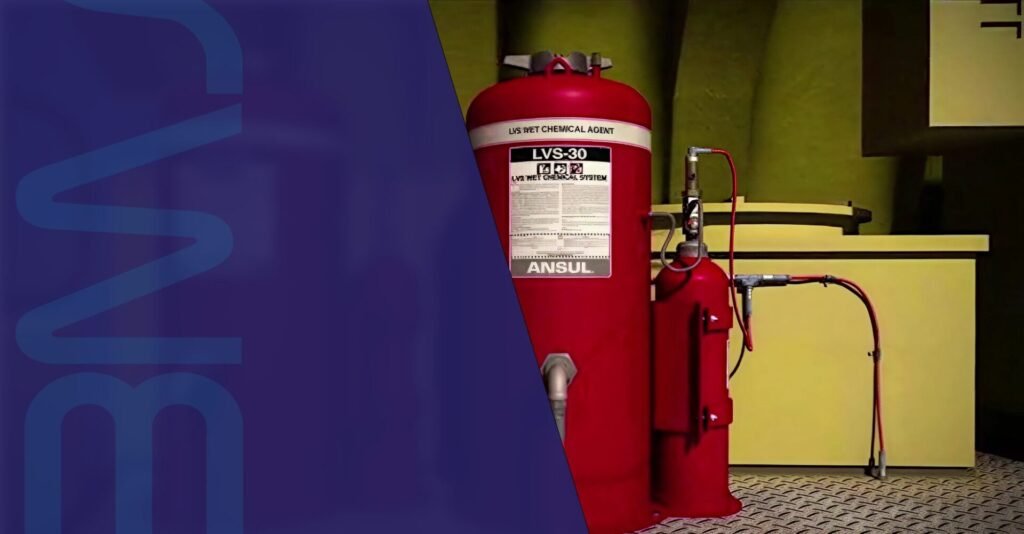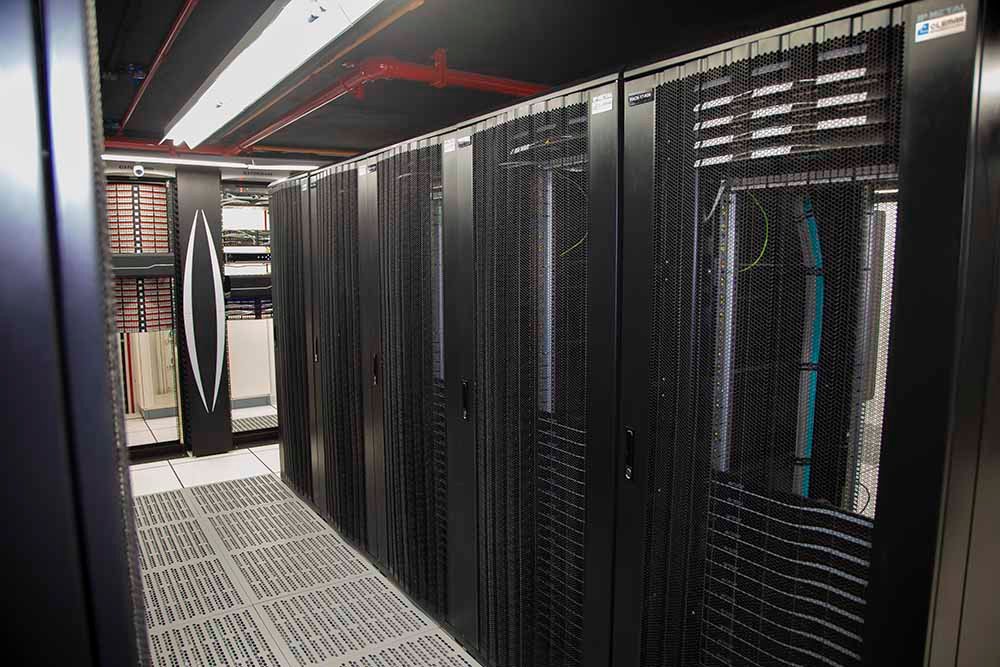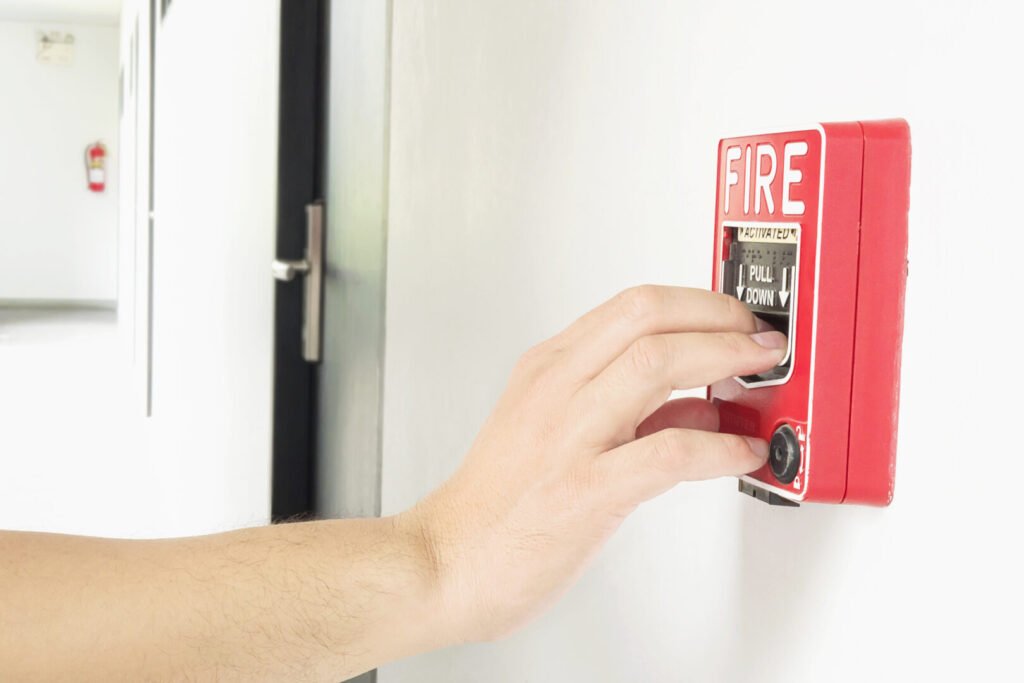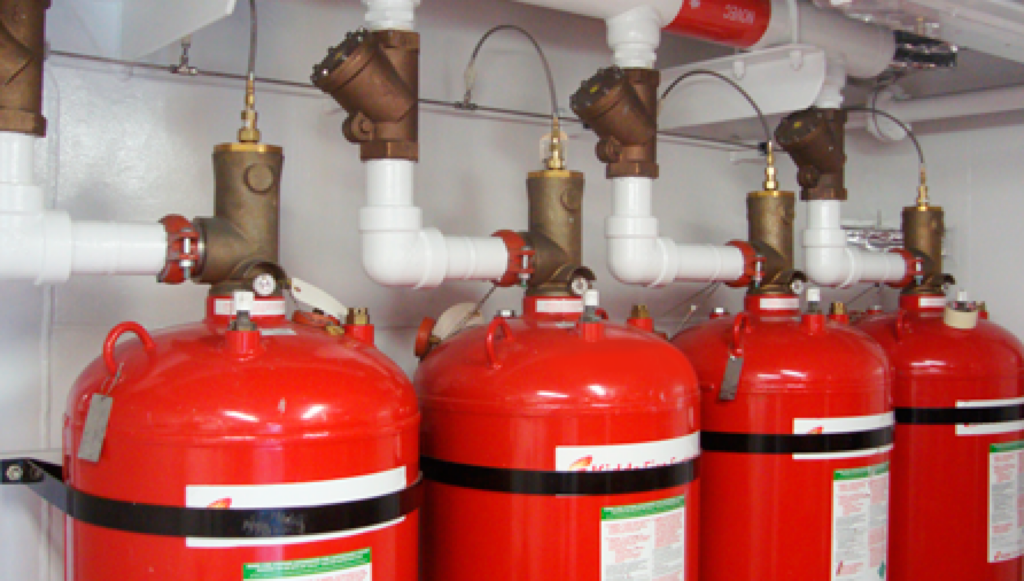
Why it matters: In mission-critical rooms, seconds of smoke become hours of downtime. The winning strategy is layered: very-early detection, smart alarm logic, and suppression sized to the hazard and the code path.
1) Regulatory baseline (build your spec on solid ground)
- IT equipment spaces: Use NFPA 75 as the design lens for protecting IT equipment and rooms. It sets the risk-based framework that most enterprises and AHJs recognize. (nfpa.org)
- Fire alarm/detection: Design, ITM, and signaling follow NFPA 72; in Brazil, project/commissioning/maintenance align to ABNT NBR 17240. (nfpa.org)
- Sprinklers: Where sprinklers are required, specify to ABNT NBR 10897 (Brazil) or NFPA 13 (US). In critical white space, pre-action configurations are typical.
- Data center standard: ANSI/TIA-942 recognizes the need for a coordinated detection and suppression strategy across data halls and support areas. (TIA Online)
2) Detection strategy (find smoke while it’s still invisible)
- Aspirating Smoke Detection (ASD/“VESDA”): Sampled-air detectors continuously pull air from hot aisles, ceiling returns and under-floor plenums to detect incipient smoke far earlier than point detectors. Use them as the first line in white space and UPS/MDF/IDF rooms. (Xtralis)
- Point detection: Photoelectric spot detectors still have a role for zoning, cross-zoning with suppression, and code coverage per NFPA 72 / NBR 17240. Balance airflow realities with maintenance access. (nfpa.org)
Design notes for ASD: map airflow paths, place sampling holes in return paths and hot aisles, calibrate for high air-change rates, and stage alarm thresholds (Alert / Action / Fire 1 / Fire 2) to trigger graduated responses. (Honeywell Buildings)
3) Alarm logic & integration (fast signal, smart actions)
- Event logic: Use cross-zoned verification to reduce false releases. Tie alarms to BMS/DCIM for fan speed reduction, CRAH/CRAC shutdown if required by the sequence, door control, and pre-action valve supervision. Code basis: NFPA 72 sequences and IT room principles in NFPA 75. (nfpa.org)
4) Suppression architecture (matched to hazard and uptime goals)
- Pre-action sprinklers (double-interlock): Industry-standard in critical spaces. Water enters pipes only when both detection and a sprinkler head operate. Minimizes accidental discharge while retaining building-wide life/property protection. (Facilitiesnet)
- Clean agents (total flooding): Design to NFPA 2001 (e.g., FK-5-1-12, inert gases). Verify enclosure integrity and hold time: maintain at least 10 minutes so the fire stays out after power-down. Document via a door-fan test. (edufire.ir)
- Water mist (NFPA 750): Consider where water damage tolerance is low and water availability is constrained. Validate listing for electronic spaces and define ITM to NFPA 25. (nfpa.org)
- Avoid
CO₂in normally occupied rooms: Prefer clean agents or water-based systems where people are present.
5) Special topic: Lithium-ion UPS / Energy Storage
If your UPS uses Li-ion or you add ESS rooms, apply NFPA 855 and UL 9540/9540A test data for separation, ventilation, detection, and suppression. This is now common in data centers and impacts room layout and fire protection. (nfpa.org)
Best-practice checklist (copy into your RFP)
Scope & codes
- Reference NFPA 75/72/2001 (and TIA-942) + ABNT NBR 17240/10897 where applicable. Cite AHJ. (nfpa.org)
Detection
- ASD in white space, UPS, IDF/MDF; point detection for code coverage and cross-zone. Provide staged alarms with programmable outputs. (Honeywell Buildings)
Suppression
- Double-interlock pre-action sprinklers in critical space; clean agent total flooding for equipment rooms; room integrity testing with ≥10-minute hold time; define discharge/abort/maintenance interlocks. (Facilitiesnet)
Integration & resiliency
- Hardwire to BMS/DCIM; supervised valves and cylinders; event recording; fail-safe power; spares and O&M kits.
- Commissioning: SAT with smoke tests or test smoke, ASD performance check, door-fan test report, as-builts, and training. (retrotec.com)
Maintenance (ITM)
- Define NFPA 72 inspection/testing intervals for alarms; NFPA 2001 enclosure retest after penetrations; sprinkler ITM per standard; ASD filter and flow audits logged in CMMS. (nfpa.org)
Procurement guidance (TCO matters)
- Ask vendors for: (1) listing and design basis, (2) ASD pipe network calcs for your airflow, (3) clean-agent concentration & hold-time calcs with door-fan test method, (4) pre-action valve trip/testing method, (5) spares and life-cycle costs (agent recharge, ASD filters, annual ITM), (6) integration I/O list for BMS/DCIM, (7) NFPA/ABNT conformity statements. (retrotec.com)
FAQs
Is water acceptable in a data center?
Yes. Pre-action sprinklers are widely used in the white space as the building-level layer, typically combined with a clean agent for rapid knockdown. (Facilitiesnet)
How early is “very early” detection?
ASD can detect sub-micron smoke in the incipient stage, buying time to investigate before suppression or EPO sequences. (Xtralis)
What proves my clean-agent room will hold a concentration?
A documented room integrity (door-fan) test showing ~10-minute hold at the design height, per NFPA 2001 guidance. (nfpa.org)


